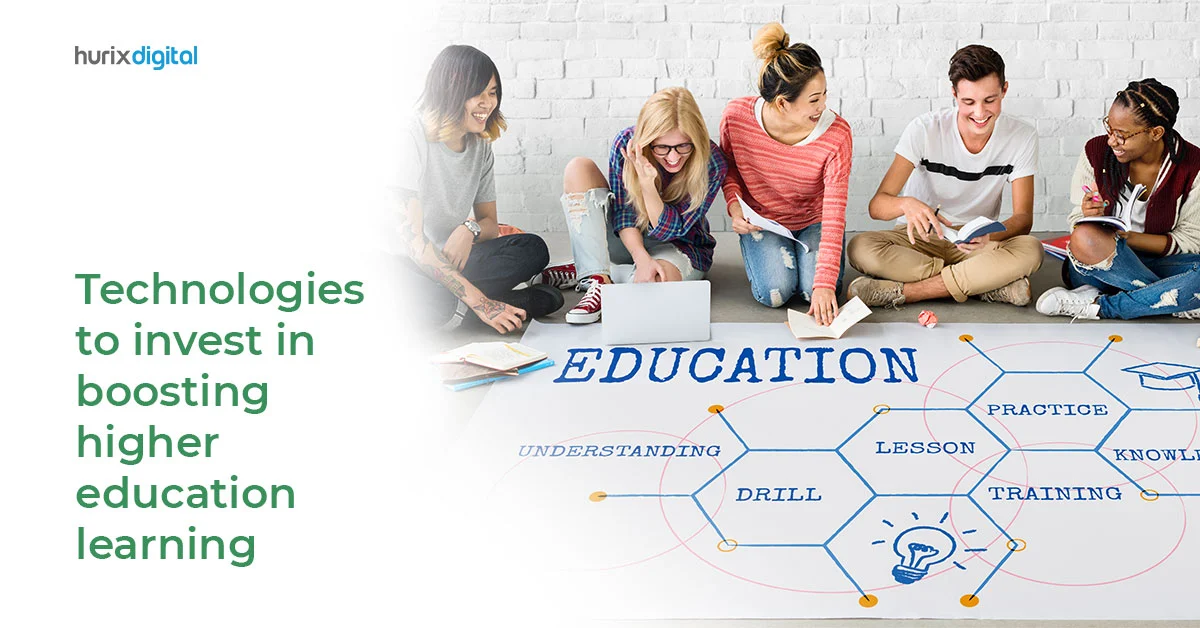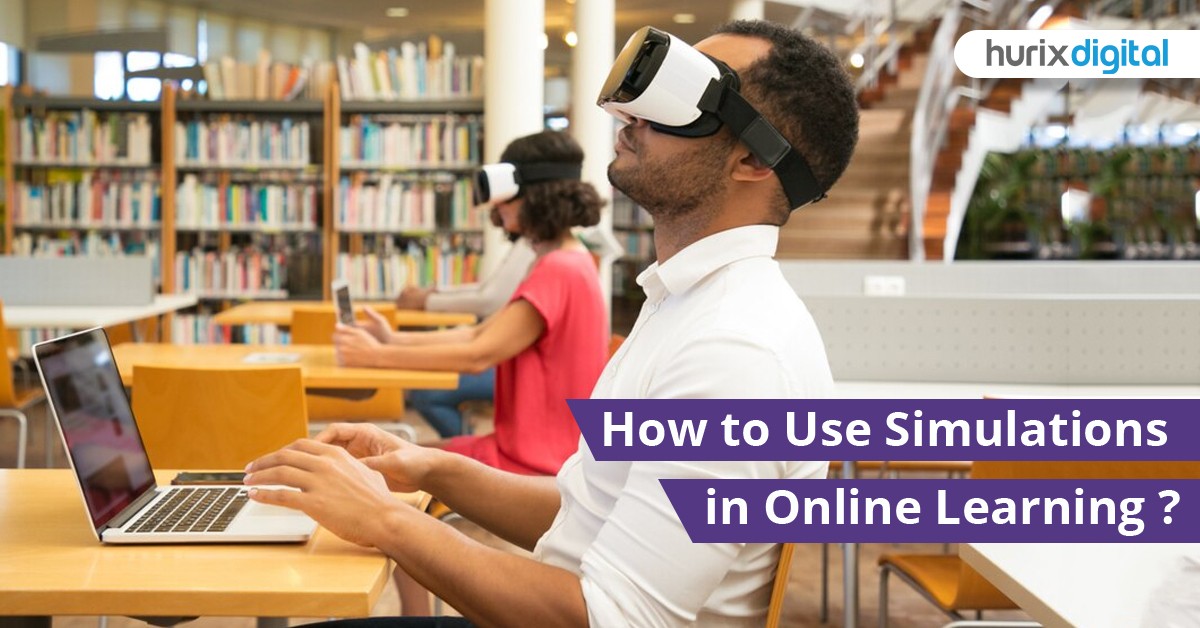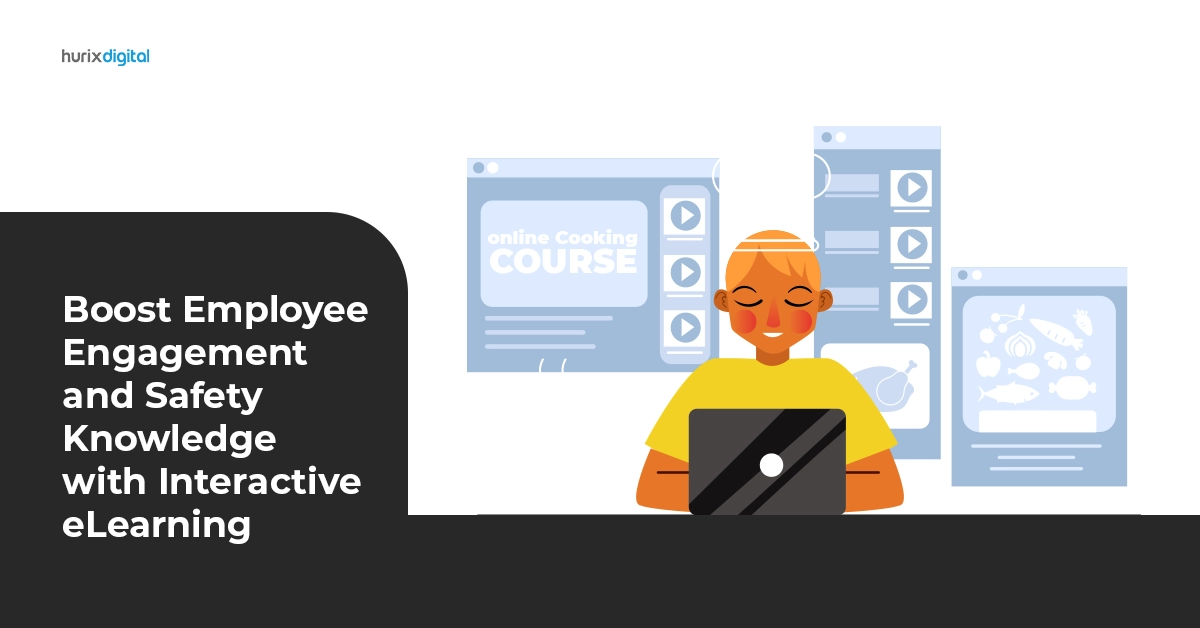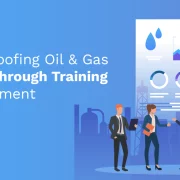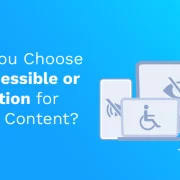
Offline to Online: Key Strategies and Tips for a Successful Transition to Virtual Classes
Online classes are tricky and we might just have the right trick for you to overcome that.
You remember how you were underwhelmed after watching a movie based on your favorite book? Sure, the plot, the characters, the conflicts, and the resolution were the same. But something was missing. Whatever that ‘something’ was, there’s a chance that it will go missing when you translate your classroom sessions to online learning.
The stakes are higher though. Your students don’t just risk getting bored. Your students risk not learning anything at all. However, all the good stuff need not be lost in translation. Think of all the movies that have successfully traveled from books to screen. These are the stories that used the medium best. You also just need to understand the online classes space better to make sure that your transition is effective. “Here’s how you can get started and just so we keep going with the book to movie theme, we’ve used movie titles to convey our point. It works as a list of good movie recommendations as well.”
1. Great Expectations
Keep expectations reasonable. In a class, your students are kind of a captive audience. They are in front of you and are sharing space with other students who have assembled for the same reason. In online classes, they are sharing space (and maybe even devices) with other people who don’t have the same agenda or goals as them. This is the foundational difference that you will need to address.
Tips:
- Can you plan and structure your class for each week such that you provide all reading materials, assignments, etc. right at the beginning of the week?
- Enable students to pace themselves during the week. Consider providing them details of the assignment beforehand, such as lecture notes, podcasts or recorded videos.
- Design coursework such that you use online sessions meaningfully to build on what learners have explored in their own time. For example, instead of a 1.5 hour session on Schrodinger’s equation, you can split the session into three 30-minute classes. In one session, you explain the context. Give students time to understand it and how it is derived. Set up an online forum where students can clarify doubts and crowdsource solutions. Then reconvene for another half hour session where you go over an assignment. You can also set aside some time a few days later for a quick refresher.
2. Schindler’s List
Maintain a safe space for your students. Online learning can be a space for deep community building where students learn from each other. Or it can also be a space for cyber-bullying. The 2017 School Crime Supplement (National Center for Education Statistics and Bureau of Justice) indicates that, nationwide, about 20% of students ages 12-18 experienced bullying. It is not reasonable to expect that all your students will participate equally in the class or even be sensitively behaved. If you can create and nurture a space where students feel encouraged to share their ideas and also be open to dissent without feeling defensive, you have a successful program on your hands.
Tips:
- Set up a strong code of conduct.
- Have ice-breaker sessions with students online. Maybe have a coffee and cake session where everyone discusses their travel plans post the lockdown. Do not assume that they will all know and connect with each other online, the way they do offline. The rapport for online classes has to be built, often from scratch.
- Set up precedent for what is or is not acceptable. You may choose to moderate every comment to a discussion group if you have the time. Alternatively, call out and respond to every instance of breach of code of conduct.
3. Hidden Figures
Be inclusive with online classes. The profile and pattern of student engagement in online classes differs from an actual physical classroom. In the real world, you can gauge the interest of a student, even if they are silent. However, in the online space there is no accurate way to understand whether the student is bored, confused, or has switched off mentally. (Keeping cameras on during online sessions is good but not a surefire way to understand this.) Online courses also bring up unique concerns related to accessibility. Can every student access and learn from the material you have shared? Do your presentations include colors that will alienate students with color-blindness?
Tips:
- Go through the accessibility guidelines of your zone or state. Revisit your training content to see that it meets these guidelines. You could work on a master checklist regarding the same so that there is some uniformity in the way content accessibility is treated.
- Have periodic check-ins with students one-on-one. This could just be a message or a short call to understand how they are feeling, where they are placed, and if they need help with something.
- You could assign online class mentors to help you with managing students. This is ideal for complex, smaller classes where students are receptive to hand-holding by a peer. If you do go ahead with this approach, you will need to spend some time to prepare the mentor.
4. Devil Wears Prada
Yes, we’ve all heard about how superb videos are and how incredible infographics can be! But be careful when sprucing up your presentations or repurposing your calculus information to fit a video format. Do not swap style for substance. Simplicity is the most important barometer for increasing retention. However, keeping things simple is a whole other discipline. Here are some tips that can serve you well.
Tips:
- Organize your content. Is everything really necessary to be taught in class? Can some of the information be part of an assignment? Can you spot any repetition or redundancy that you can remove?
- Prepare an outline of the type of content that you usually cover and decide a treatment accordingly. The following table is based on Ruth Clark’s identification of content types.
| Content Type | Treatment |
| Fact | o Straightforward content – bullet points, alphabetical organization, etc.
o Reading material o Infographics to represent the highlights o Diagrams o Game to test the facts |
| Concept | o Mindmaps
o Videos to show examples o Analogies |
| Process (a larger flow of events) | o Animation |
| Procedure (a specific task within a process) | o Animation, diagrams and maps to show where the procedure fits into the process
o Demos o Simulations |
| Principle (directions or guidelines that apply to a certain task) | o Scenario-based, decision-making questions and examples
o Discussions around best practices |
Remember that these are only guidelines. You can sculpt your content in different formats to suit your needs.
The best way to make the online transition is to regard the online LMS as a virtual classroom and not just a content depository.
Need to know more about our Products & Services? Drop us a Note.

